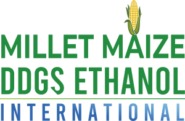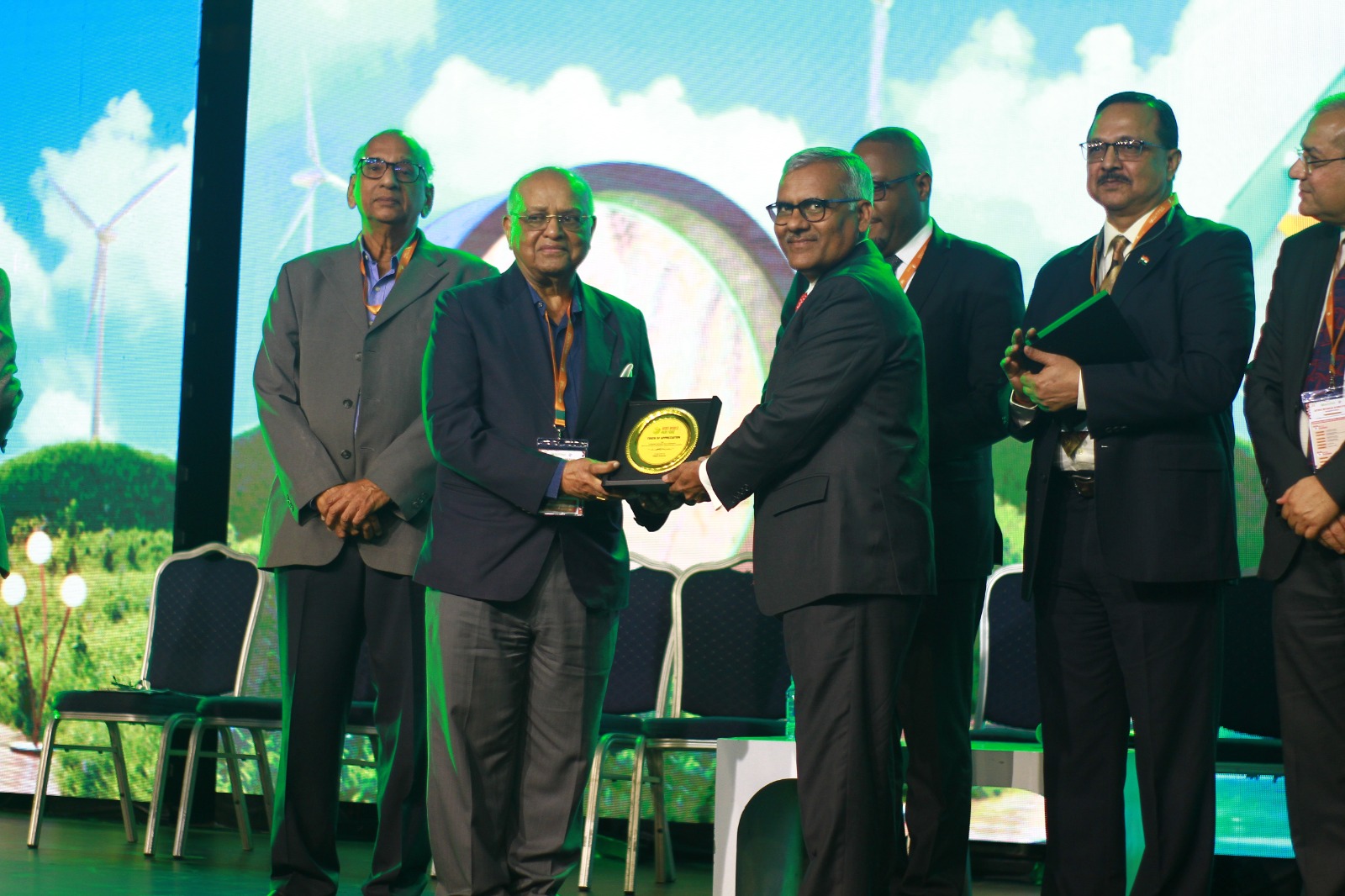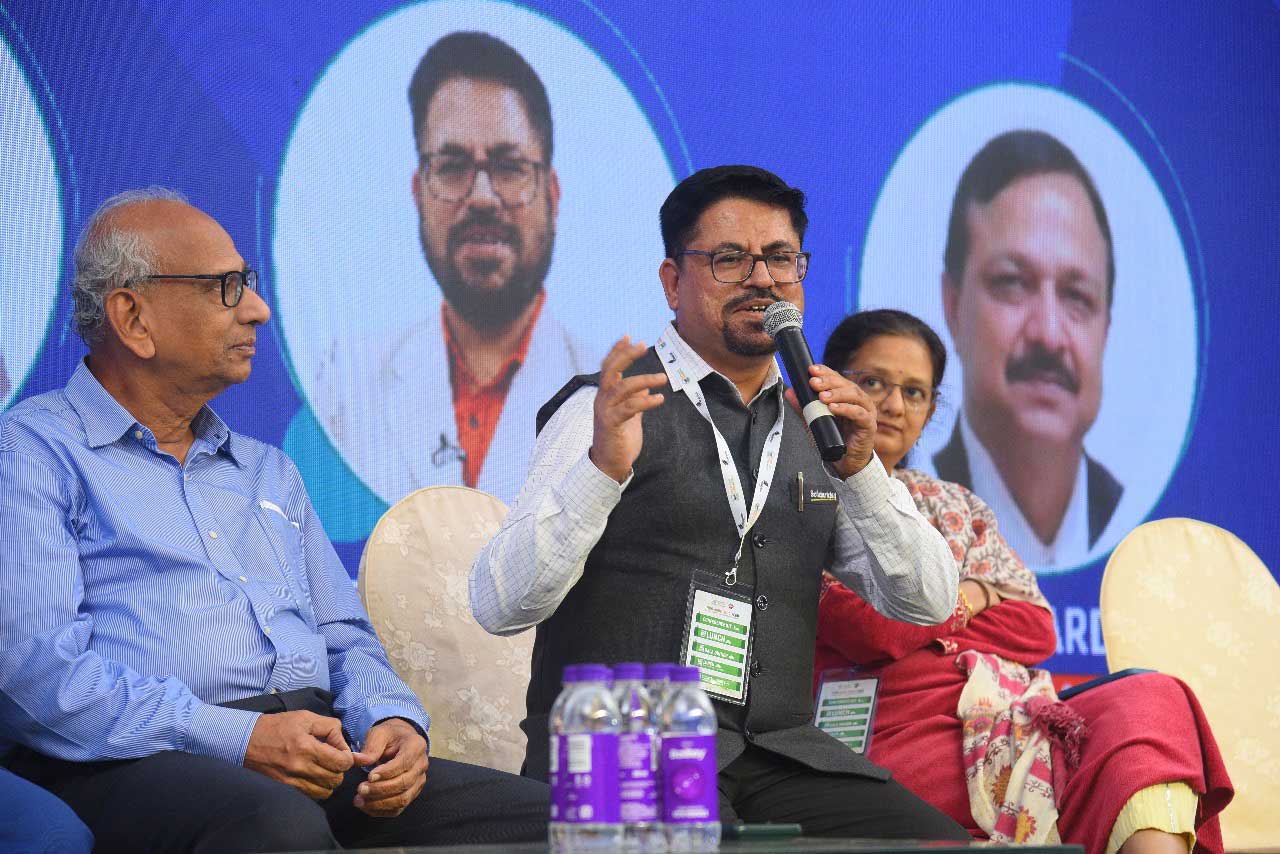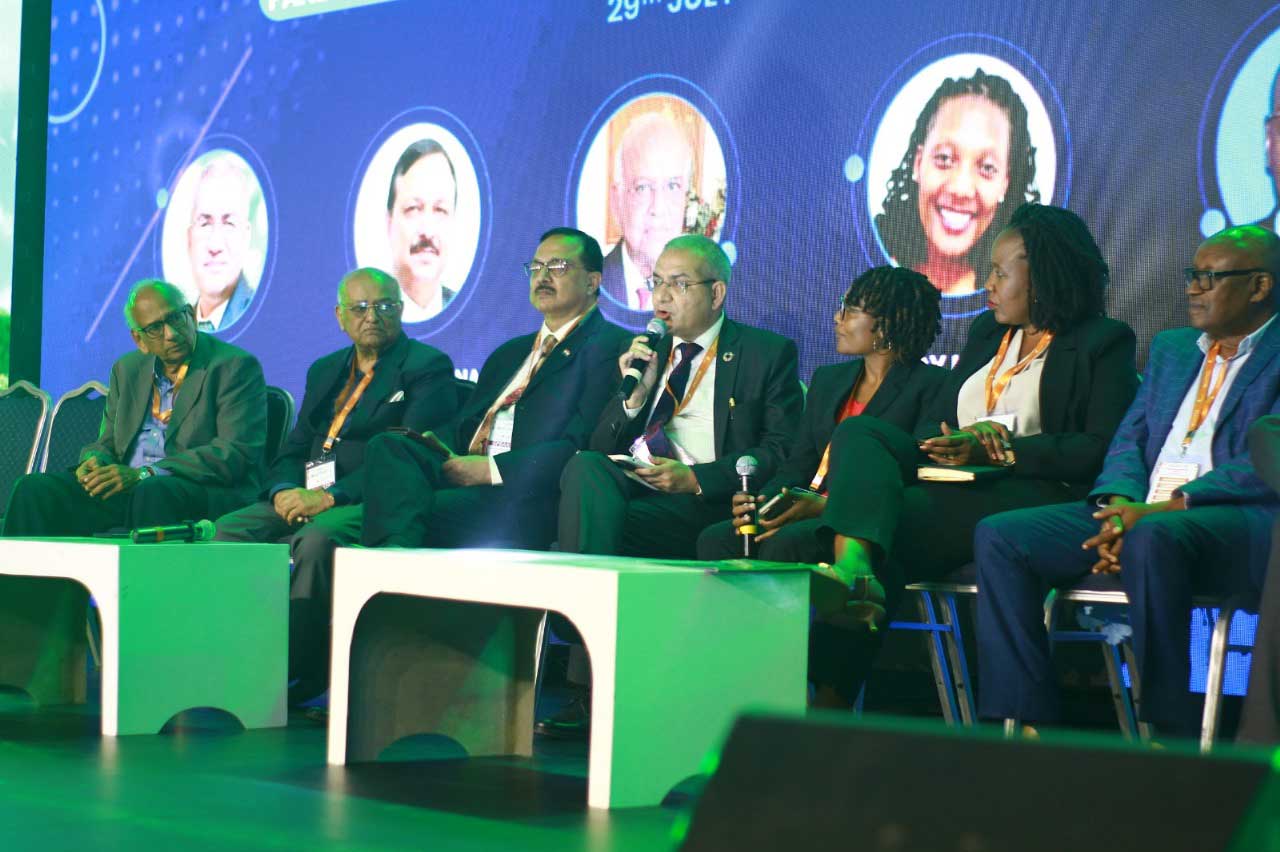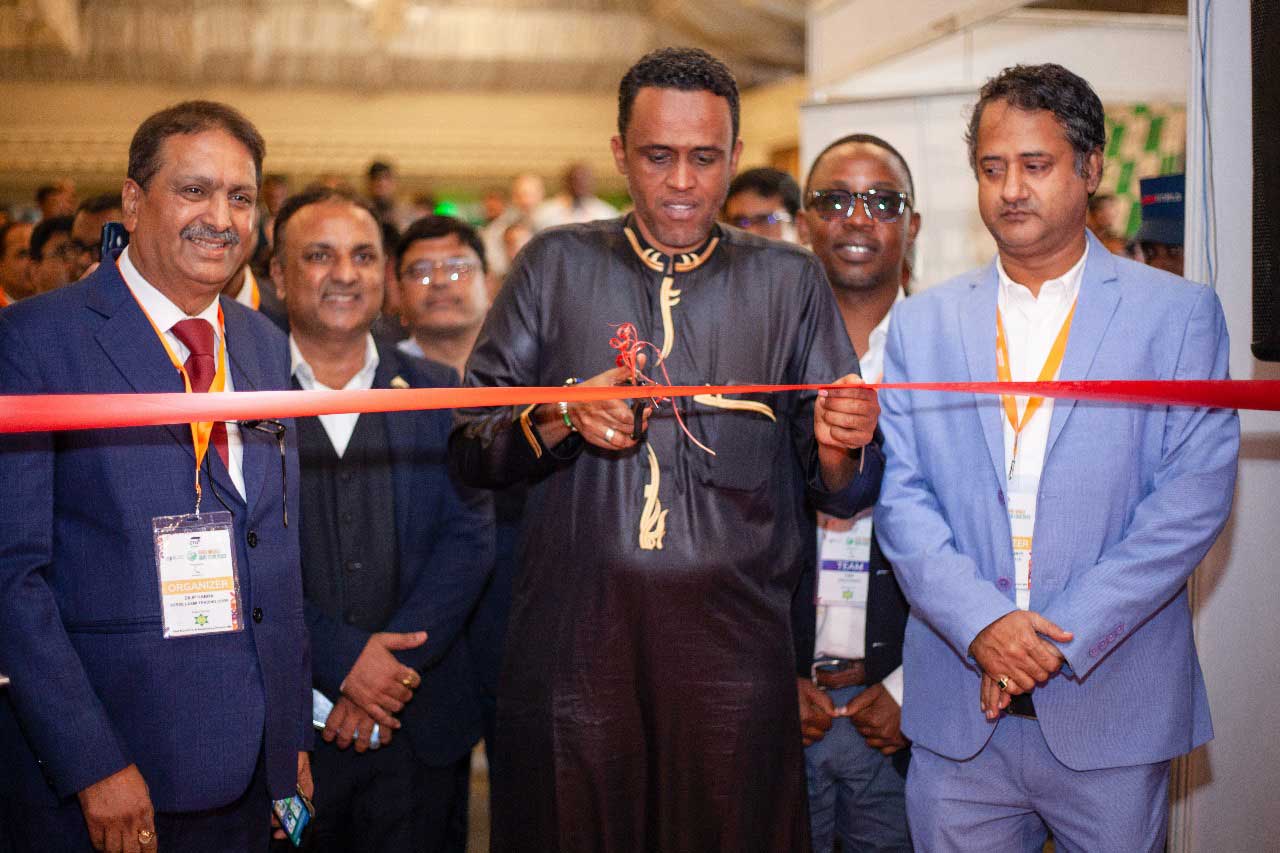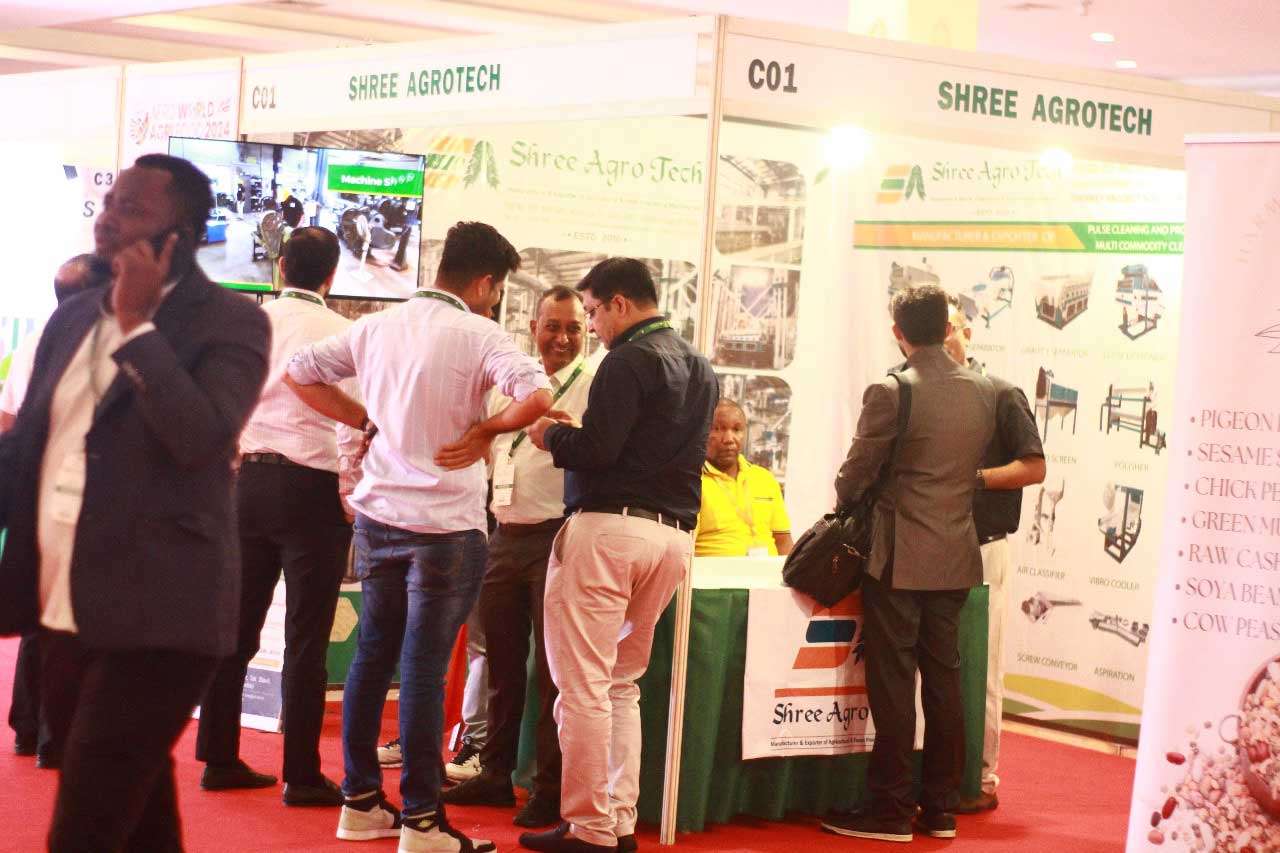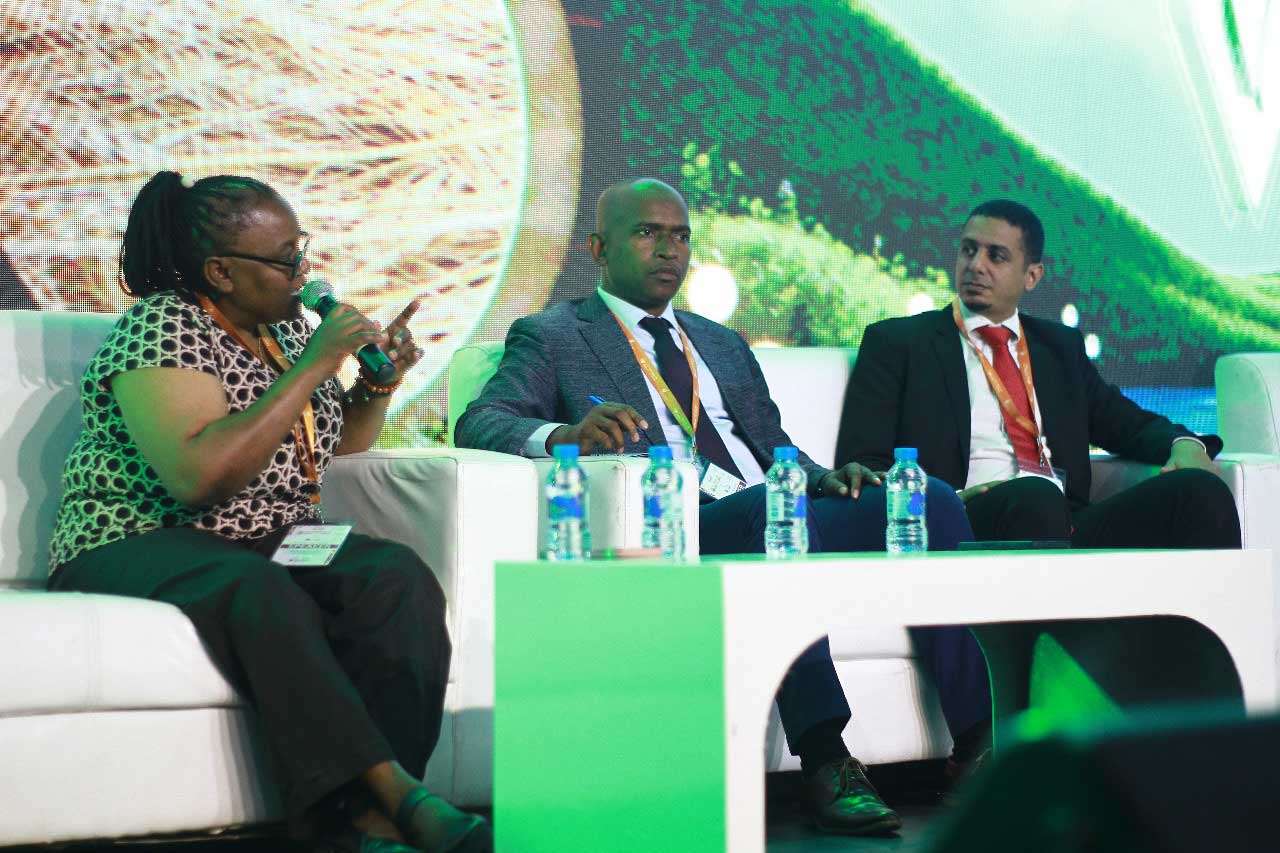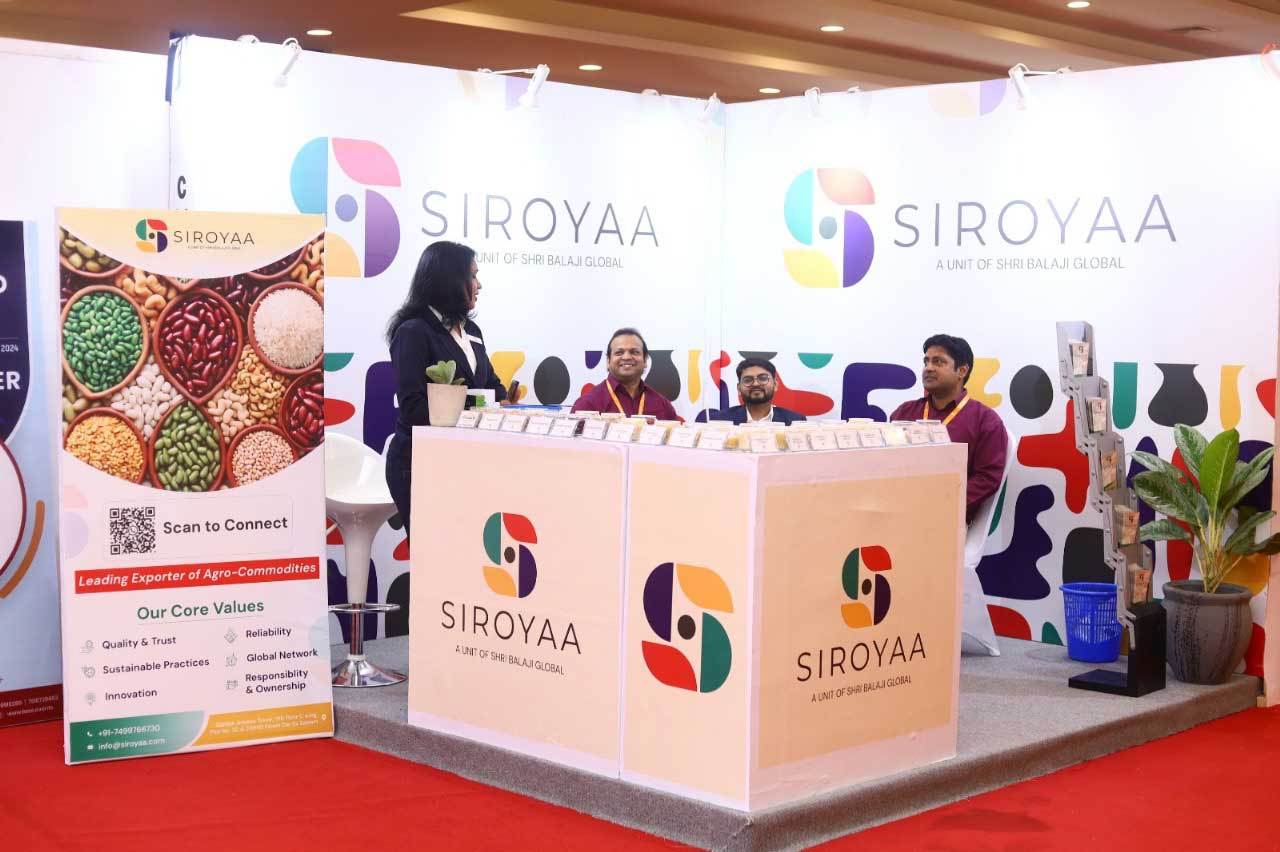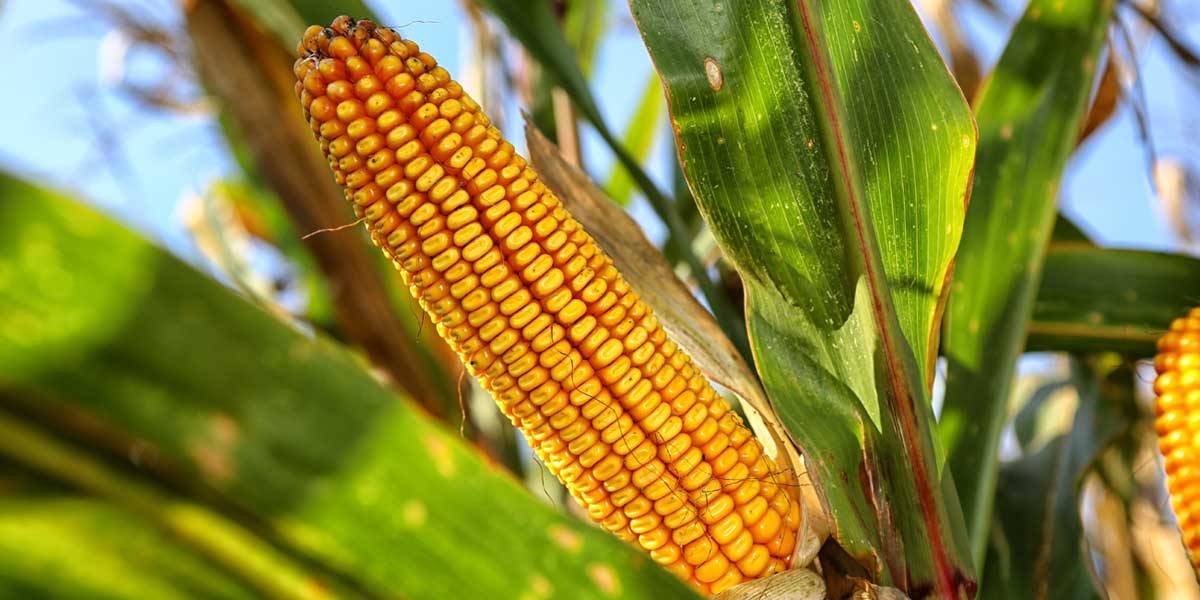

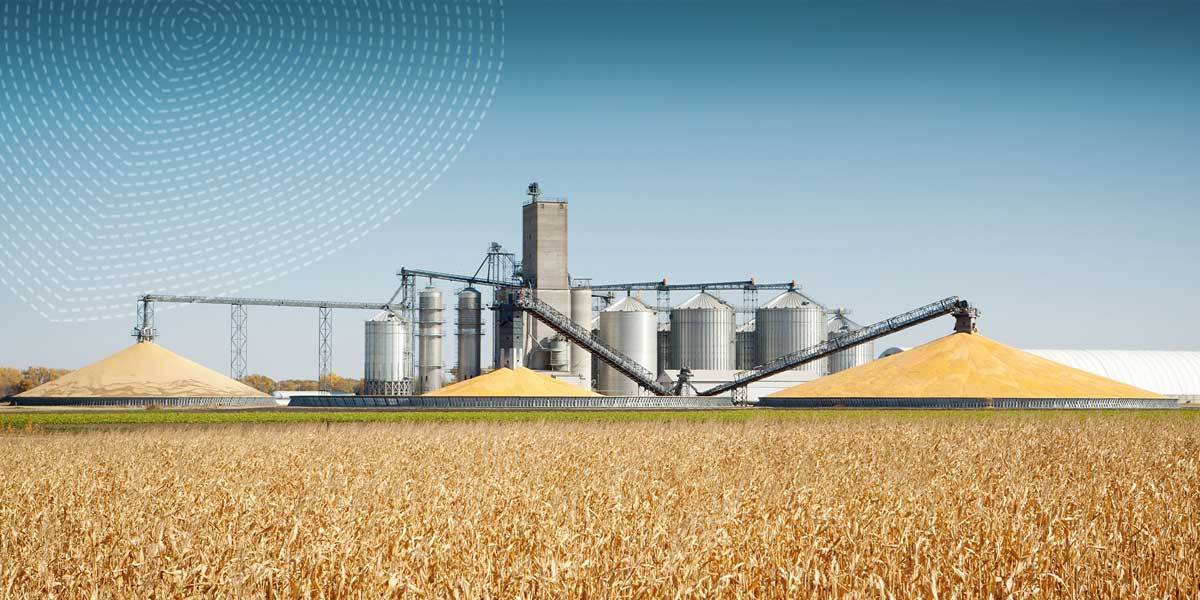



Conference EXhibition & awards
MAIZE MARKET IN INDIA
In India, maize is principally grown in two seasons, rainy (kharif) and winter (rabi). Kharif maize represents around 83% of maize area in India, while rabi maize correspond to 17% maize area. Over 70% of kharif maize area is grown under the rainfed condition with a prevalence of many biotic and abiotic stresses. The stress prone ecology contributes towards lower productivity of kharif maize (2706 kg/ha) as compared to rabi maize (4436 kg/ha), which is predominantly grown under assured ecosystem. In recent past spring maize area is also growing quite fast in north western parts of the country, in the states of Punjab, Haryana and Western Uttar Pradesh.
India produced an estimated 34.6 million tonnes of maize in 2023-24. India’s maize production is expected to quadruple to close the supply-demand gap. India’s annual maize consumption is around 36-37 million tonnes. The largest consumer is the feed industry, which uses about 60% of the maize. The starch industry uses about 14%, and the food processing industry uses about 7%. The remaining 5 million tonnes is consumed as food. India’s major export destinations for maize are Vietnam, Nepal, Bangladesh, Malaysia, and Thailand. The maize market in India is growing, with the maize seed market expected to reach $475.2 million by 2030 and the maize market valued at $1.29 billion in 2024.
Average maize export prices surged by 5 percent month-on-month in September, primarily due to logistical complications along the Mississippi River and firm local demand in Brazil. The market size is estimated to reach USD 143.62 billion in 2024 and is expected to grow at a CAGR of 3.01% to reach USD 166.57 billion by 2029. North America is expected to be the largest market for maize, followed by Asia-Pacific, due to high production and consumption as animal feed. The United States is the largest producer of maize, accounting for 30.99% of global production, and exported over 61.5 million metric tons of corn.
MILLET MARKET
India is the world’s largest producer of millets, producing over 40% of the global supply. The main millet-producing states in India are Rajasthan, Karnataka, Maharashtra, Uttar Pradesh, Haryana, Gujarat, Madhya Pradesh, Tamil Nadu, Andhra Pradesh, and Uttarakhand. The Indian millet market is expected to grow at a Compound Annual Growth Rate (CAGR) of 16.7% through 2021-26. On a global scale, the millet market size is projected to grow from USD 11.02 billion in 2023 to USD 13.80 billion by 2028 at a CAGR of 4.60% between 2023 and 2028. These figures indicate a promising future for this niche within the FMCG industry.
At present, through recently launched National and State Millet Missions, the Government of India, and several states like Odisha, Maharashtra, Assam, Chhattisgarh, Tamil Nadu and others are attempting to promote the production, distribution, and consumption of millets as nutritious and resilient crops to address malnutrition and climate vulnerability, especially in dry areas. Thus, the millets have become unaffordable for a large proportion of urban consumers (especially lower income groups), while rural consumers – of whom more than two-third get subsidised wheat and rice at Rs. 2-3 per kilogram – may not be willing to buy millets at Rs. 30-40 per kilogram. Thus, the cultivation of millets remains economically less attractive for farmers in most cases.
So far, the efforts of the government led by Prime Minister Modi have resulted in significant increase in awareness of the benefits of millets among different stakeholders, especially health-conscious urban consumers. Asia-Pacific dominates the market, accounting for over 70% of global production, with India, China, and Nigeria being top producers. The United States, Europe, and Africa are emerging markets, driven by growing demand for gluten-free and nutritious food products.
DDGS MARKET
India’s DDGS market is expected to grow at a CAGR of 4.70% from 2024 to 2029, driven by the recovery of the ethanol industry and increasing demand for livestock feed, particularly from the poultry sector. The market’s expansion is supported by the nutritional benefits and cost-saving potential of DDGS, which can substitute for more volatile raw materials like soybean meal. Despite currently low demand due to reliance on other feed ingredients, the easing of COVID-19 restrictions and the reopening of ethanol industries are expected to enhance market dynamics.
The Indian DDGS feed market is moderately consolidated, with key players such as Archer Daniels Midland, Cargill Incorporated, and Prodigy Foods leading the industry. The market’s growth is further supported by the rising consumption of poultry meat, driven by increasing incomes and urbanization. DDGS serves as a viable alternative to expensive feed grains, addressing the gap between demand and availability of poultry feed. The demand for DDGS is bolstered by its ability to improve animal health and performance, making it an attractive option for farm owners in India. The United States, China, and Brazil are top producers, accounting for over 70% of global production. Key export destinations include Southeast Asia, Latin America, and Europe, with major importers being Vietnam, Indonesia, and Mexico.
Ethonal Market
Maharashtra is the leading state in ethanol production, with an annual production of 2.68 billion litters, followed by Uttar Pradesh and other major producing states. The ethanol market in India has been growing steadily, with the country aiming to increase the share of ethanol in gasoline to 20% by 2025-26, up from 13% currently. As of May 2024, India has already reached a 15% level of ethanol blending in its fuel mix. The Indian ethanol market is expected to reach $6.2 billion by 2033, growing at a CAGR of 14.5% from 2024 to 2033
The government is considering a proposal to increase ethanol prices for the season starting November 2024, while also pushing for diversification of feed stocks. Additionally, India plans to raise the ethanol blend above 20%.
Ethanol in India is primarily produced from sugarcane and various grains. Ethanol’s potential as a sustainable fuel source is gaining attention, with fermentation being the most common production method. India has made significant progress in its Ethanol Blending Program. This achievement in the course of last 8-10 years has not only augmented India’s energy security but also translated into a forex impact of over Rs.41,500 crores, reduced Green House Gas (GHG) emissions of 27 lakh Metric Tonne (MT) and also led to the expeditious payment of over Rs.40,600 crores to farmers.
The international ethanol market is booming, with its value projected to hit $145.6 billion by 2032, growing at a CAGR of 6.8% from 2023 to 2032. The United States, Brazil, and China are leading producers, with corn and sugarcane being primary feedstocks
India's 1.4 Billion Food Consumers Market
Anouncing India Event of the year!
Welcome to the most anticipated event in the Maize Millets Industry! Millet Maize DDGS Ethanol is proud to present our upcoming trade show set to take place at luxurious hotel Leela Ambience at Gurgaon, Delhi.
Millet Maize DDGS Ethanol International
21st Decmeber 2024
Hotel Leela Ambience Gurgaon Delhi
